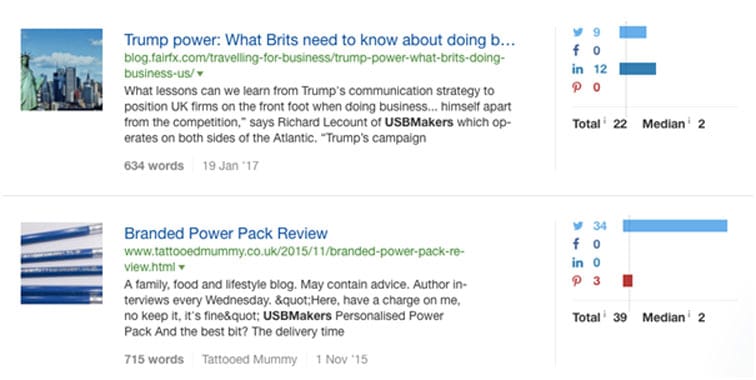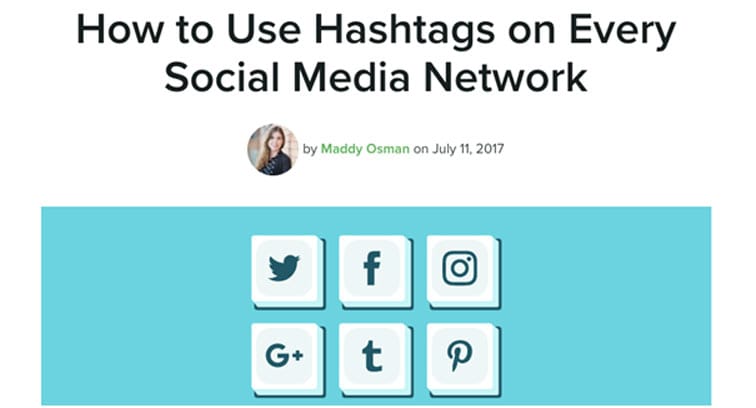
Richard Lecount, Sales and Marketing Director at USBMakers (www.usbmakers.com)
In this digital world that we reside in, it’s becoming the norm for traditional forms of advertising, promotion and networking to be overlooked.
However, exhibiting at B2B events and trade shows are still proving to be a successful strategy, with a previous article reporting that these events in the UK attract more than 13 million visitors each year and generate a total of £11 billion.
Traditional methods and their subsequent campaigns shouldn’t be treated as an exclusive entity, but should come with a digital strategy that integrates into the overall business marketing strategy. In fact, using the event to generate PR, brand mentions and website traffic could improve your long-term marketing results.
Below, we list the areas that you should focus on when it comes to applying a digital strategy for B2B events.
PR, brand mentions and backlinks
The first step is to ensure that if the website for the event includes a delegates list, or directory, that you are included and all of the details are correct.
Take a look at where the event has been featured, or mentioned online, and leverage these. Are there opportunities for your business to be listed as a delegate elsewhere, or for you to contribute relevant content to these websites? In the case of events publications, case studies of previous successes are likely to be welcomed.
Local press are often among the first to cover these events, and if you are launching a new product or service at your event, you could also reach out to niche and industry publications and influencers.
Repeat the research, but looking at where the other delegates and your competitors have been featured, using tools such as AHrefs will tell you the sites that are featuring the brand and the number of social shares the content has received.

Web Content
Your website is a perfect platform to incite interest about your appearance at the event and the best methods to do this is to create a dedicated page that includes all of the event details, or a blog post about the event – or both!
However, keep in mind that your blog content should be in keeping with the style and tone of your other blogs, and should still impart information and value to your readers. Padding it out with event details and (hopefully!) how successful it has previously been, why you are exhibiting, and key details about your business or industry and what you hope the outcomes will be should make for good reading.
PRO TIP – mentioning how successful the event is will encourage event organisers to share your post also!
This new content will generate more traffic for your site as the posts or page may also start ranking for searches around the event.
Ensure the content is formatted correctly, using images, sub-titles and enlarged quotes to break up the text to encourage the viewer to continue reading. Check the content on a mobile device – often a post that looks great on desktop can be far too long on mobile, turning readers off.
It could be that this content is the first interaction you have with some of the viewers, don’t let a poorly formatted blog be the reason they discredit you.
Social Platforms
This is not a ‘build it and they will come’ model – once you have created fresh content around the event, it’s time to widen its reach and share on social media, using industry- relevant hashtags along with the dedicated event hashtag to widen its reach.
Using the event hashtag will also enable you to engage with others who are attending as a delegate or as a visitor – establishing relationships that could develop into customers or partnerships.
Using images and posing questions in social posts increases the click-through rates by 25% – if you have created images to feature in your blog post, use these in your social posts, not only will they increase engagement, but they will create brand consistency.
The article below is a great guide for using hashtags across a range of platforms.

Amplification
It’s true to say that social platforms are full of noise, and while general posting does drive traffic, engagement and brand awareness, you can ramp up the results and cut through the noise by using social amplification.
Using hashtags and reaching out to influencers will only get you so far, unless you hit the jackpot with a tweet that goes viral!
In order for this to be successful, you need to have built up audience persona’s, or at least have some audience insight data. How old are they, their job role, what publications do they read or brand affiliations do they have, and which social media platform are they likely to see your boosted post?
Once you have entered as much data as you have into your chosen platform, you can be quietly confident that your content discussing your presence at the event will be delivered to your intended audience. Be sure that the post has a clear call to action; many firms choose to offer prospects appointment at these events to learn more about them.
Facebook holds more audience data on its users, and is often to be the most effective platform for social amplification.
Physical Presence
If you have taken the time to make people be aware of your presence, don’t let them down by having a basic stand consisting of a roller banner and a trestle table; two words – let-down.
Invest in your stand, use modern technology, such as digital screens, lighting and furnishings that make your space attractive inviting and one that people will mention, both on and offline. Remember- this is also a brand exercise, and your stand will be reflection of your brand.
Carry this notion through to your give-aways – ditch the stress ball immediately – think modern and think value. If you know who your audience are, then you should have an idea or the take-away gift that will be useful and integrate into their lives. Branded items provide a return on investment – 85% of those who receive them go on to do business with the company afterwards.


